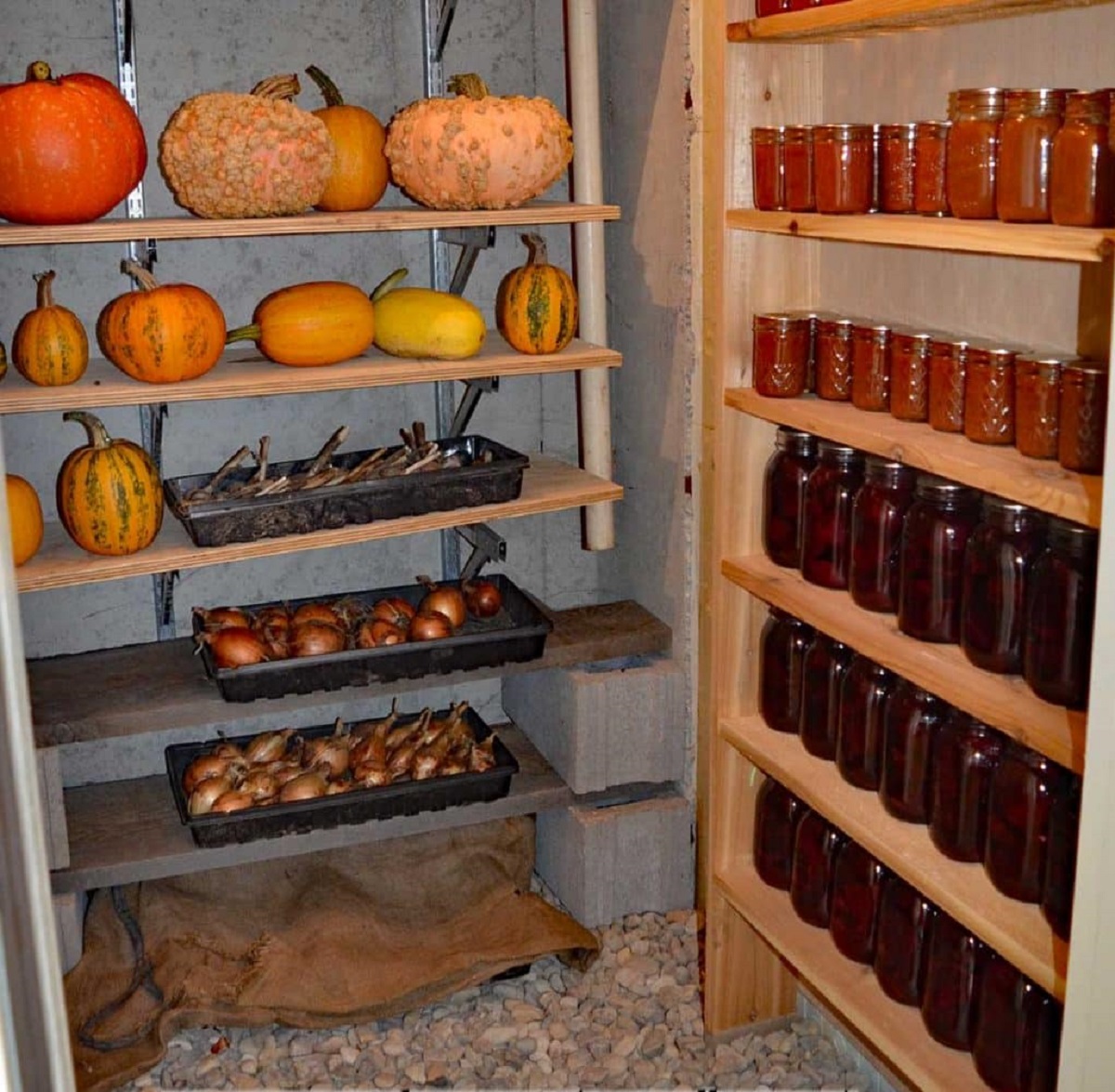

Articles
Root Cellar How To Build
Modified: October 20, 2024
Learn how to build a root cellar with interior design inspiration. Discover expert tips and tricks for creating a functional and stylish storage space for preserving your harvest.
(Many of the links in this article redirect to a specific reviewed product. Your purchase of these products through affiliate links helps to generate commission for Storables.com, at no extra cost. Learn more)
Introduction
A root cellar is an underground storage facility that provides a cool and consistent environment for storing vegetables, fruits, and other perishable items. It is an age-old solution to preserve food without the need for electricity or refrigeration. Building a root cellar can be a rewarding project for those who want to become more self-sufficient, reduce food waste, and have access to fresh produce throughout the year.
In this article, we will provide a step-by-step guide on how to build a root cellar. We will discuss the materials needed, location and design considerations, excavation and foundation, walls and insulation, ventilation system, shelving and storage, door and security, as well as maintenance and care.
By following these guidelines, you can create a functional and efficient root cellar that will help you extend the lifespan of your harvest, save money, and reduce your environmental impact. Let’s get started!
Key Takeaways:
- Embrace self-sufficiency and reduce food waste by building a root cellar to store fresh produce year-round. Follow the step-by-step guide for a rewarding and practical project.
- Create an efficient and well-organized root cellar to extend the lifespan of your harvest, save money, and reduce environmental impact. Enjoy the benefits of fresh produce throughout the year.
Read more: How To Store Carrots In A Root Cellar
Materials Needed
Before you begin building your root cellar, it’s important to gather all the necessary materials. Here is a list of items you’ll need:
- Excavation tools (such as a shovel, pickaxe, and wheelbarrow)
- Concrete or cinder blocks
- Rebar or reinforcing wire
- Waterproofing material (such as asphalt, tar, or waterproof coating)
- Insulation material (such as straw, sawdust, or foam board)
- Ventilation pipes and fittings
- Shelving units or racks
- Storage containers or bins
- Doors and locks
- Lighting fixtures
- Paint or sealant
It’s important to choose materials that are durable, moisture-resistant, and non-toxic. Opt for high-quality products to ensure the longevity of your root cellar.
Additionally, consider the size and capacity of your planned root cellar when purchasing materials. Measure the space carefully to determine the quantity of materials needed.
Remember to check local building codes and regulations to ensure compliance before purchasing materials.
Once you have gathered all the necessary materials, you are ready to move on to the next step: selecting the right location and considering design options for your root cellar.
Location and Design Considerations
Choosing the right location for your root cellar is crucial for its effectiveness and longevity. Here are some important considerations:
- Underground: A root cellar should be located underground to take advantage of the natural insulation provided by the earth. This helps maintain a consistent temperature and humidity level.
- Drainage: Ensure that the selected area has proper drainage to prevent water accumulation and flooding. A well-drained location will help keep your root cellar dry and prevent mold or mildew growth.
- Proximity: Consider locating the root cellar close to your garden or orchard, as this will make it easier to transport produce for storage. Additionally, proximity to your home can provide convenience when accessing stored food during inclement weather.
- Orientation: Ideally, the cellar should face north or east to minimize exposure to direct sunlight, as sunlight can increase the temperature inside the cellar and affect the storage conditions.
- Ventilation: Adequate ventilation is essential to prevent the buildup of excess moisture and maintain proper air circulation. Consider the design and placement of ventilation pipes or windows to allow for air exchange without compromising insulation.
- Accessibility: Ensure that the location allows for easy access and transportation of produce in and out of the root cellar. Consider factors such as slope, distance, and any obstacles that may hinder access.
- Design: When considering the design of your root cellar, think about the capacity you need and the layout that best suits your storage needs. You can opt for a traditional underground cellar, an above-ground structure, or even convert an existing basement or cold storage room.
Take the time to evaluate multiple location options and assess how well they meet these considerations. Once you have determined the ideal location, move on to the excavation and foundation stage of building your root cellar.
Excavation and Foundation
Once you have selected the location for your root cellar, the next step is to excavate the area and create a solid foundation. Follow these steps:
- Mark the area: Use stakes and string to outline the dimensions of your root cellar on the ground. This will serve as a guide during excavation.
- Excavation: Begin digging within the marked area, making sure to remove any grass, rocks, or debris. Dig down to a depth of at least 8 feet, or as desired, to ensure a spacious and well-insulated cellar.
- Level the ground: Once the desired depth is reached, use a level and a tamper to ensure the ground is level and compacted. This will provide a stable base for your foundation.
- Create the foundation: Construct a foundation using concrete or cinder blocks. Lay the first row of blocks around the perimeter, ensuring they are level and properly aligned. Add subsequent rows, securing them with mortar or construction adhesive.
- Reinforcement: To reinforce the foundation, insert rebar or reinforcing wire vertically into the hollow cores of the blocks at regular intervals. This will add strength and stability to the structure.
- Waterproofing: Apply a waterproofing material (such as asphalt, tar, or waterproof coating) to the exterior of the foundation walls to prevent water penetration. This will help keep your root cellar dry and protect the contents.
Remember to consult local building codes and regulations to ensure compliance with excavation and foundation requirements.
With the excavation and foundation complete, your root cellar will have a solid base for the construction process. The next step is to focus on building the walls and providing insulation to create an optimal storage environment for your produce.
Walls and Insulation
Building sturdy walls and providing proper insulation are important steps in creating an effective root cellar. Here’s what you need to do:
- Choose wall materials: Select materials that are durable, moisture-resistant, and provide good insulation. Common options include concrete blocks, poured concrete, or treated wood.
- Construct the walls: Begin by laying the first row of wall material on top of the foundation. Ensure that the blocks or wood are level and properly aligned. Continue adding rows, using mortar or construction adhesive to secure them together.
- Create ventilation openings: Plan and create openings for ventilation pipes or windows. These openings will help regulate airflow and control humidity levels inside the root cellar. Install the appropriate ventilation system according to your design.
- Insulate the walls: Insulation is essential to maintain a consistent temperature and protect stored produce from extreme fluctuations. Use insulation material such as straw, sawdust, or foam board. Line the walls with a layer of insulation, ensuring a tight fit to minimize air leakage.
- Seal gaps: Seal any gaps or cracks in the walls and insulation to prevent drafts or moisture from entering the root cellar. Use weather-stripping or caulk to create a tight seal.
- Consider a vapor barrier: In high-humidity environments, it may be necessary to install a vapor barrier on the interior walls to prevent moisture from penetrating into the insulation. Consult local climate conditions to determine if a vapor barrier is required.
Remember to follow safety guidelines when working with construction materials, and wear protective gear such as gloves and goggles.
Once the walls are constructed and properly insulated, you’re ready to focus on establishing a ventilation system to maintain the ideal storage conditions inside your root cellar.
When building a root cellar, ensure proper ventilation to prevent mold and mildew. Use materials like concrete, wood, or earth bags for insulation and stability. Consider adding shelves for organized storage.
Read more: How To Make A Root Cellar In Your Basement
Ventilation System
A well-designed ventilation system is crucial for maintaining air circulation and controlling humidity levels within your root cellar. Follow these steps to create an effective ventilation system:
- Design the system: Determine the layout and design of your ventilation system based on the specific needs of your root cellar. Consider factors such as the size of the cellar, the number of vents required, and the desired airflow.
- Ventilation pipes: Install ventilation pipes that connect the outside air to the root cellar. These pipes should be made of a durable and non-corrosive material such as PVC or metal. Place the pipes strategically to ensure proper air circulation throughout the space.
- Control airflow: Install dampers or adjustable vents in your ventilation system to control the amount of airflow entering the cellar. This will allow you to adjust ventilation based on the changing temperature and humidity levels.
- Manage humidity: Consider installing a humidity controller or hygrometer to monitor and regulate the humidity levels inside the root cellar. This will help prevent excessive moisture buildup and prevent mold or rot on your stored produce.
- Limit light exposure: Ensure that the vents and pipes are designed to minimize exposure to direct sunlight. Light can raise the temperature inside the cellar, potentially spoiling your stored goods.
- Regular maintenance: Regularly check and clean the ventilation system to prevent blockages or obstructions. This will ensure optimal airflow and efficient operation of the root cellar.
Remember that the ventilation requirements may vary depending on the climate and specific storage needs. It’s important to monitor the temperature and humidity levels inside the root cellar regularly and make adjustments to the ventilation system accordingly.
The next step in building a functional root cellar is to focus on creating shelving and storage solutions that maximize the space and allow for proper organization of your produce.
Shelving and Storage
Efficient shelving and storage solutions are essential for organizing your produce and maximizing the space inside your root cellar. Follow these steps to create an optimal shelving and storage system:
- Plan the layout: Assess the available space and plan the layout of your shelving units. Consider factors such as the size and shape of your stored produce, as well as the ease of access.
- Install sturdy shelves: Use strong and durable materials for your shelves, such as pressure-treated wood or steel. Install the shelves securely to ensure they can bear the weight of your produce without sagging or collapsing.
- Adjustable shelves: If possible, opt for adjustable shelves to accommodate different sizes of produce. This will allow you to optimize the storage space and make adjustments as needed.
- Maximize vertical space: Consider utilizing the vertical height of your root cellar by installing tall shelves or utilizing hanging storage systems. This will help maximize your storage capacity and make the most of the available space.
- Proper airflow: Ensure that the shelves are installed with enough space in between to allow for proper air circulation. This will help maintain consistent temperature and humidity throughout the root cellar.
- Label and organize: Label your shelves and storage containers to easily identify and locate specific items. Keep similar items together and arrange them in a logical order for convenient access.
- Consider root crops: For root crops like potatoes and carrots, consider using bins filled with sand, sawdust, or wood shavings. These materials provide insulation and help maintain the necessary humidity level for these types of produce.
- Regularly rotate stock: To prevent food spoilage and ensure freshness, regularly rotate your stock by using older produce first and restocking with newly harvested items.
Remember to keep your root cellar clean and free of pests. Regularly inspect the shelves and storage containers for any signs of damage or infestation.
With proper shelving and storage in place, your root cellar will be well-organized and ready to store your harvest for extended periods. Now, let’s move on to the next step: securing the door and ensuring the safety of your stored produce.
Door and Security
Installing a secure door is essential to protect your stored produce and ensure the safety of your root cellar. Here are some important considerations when it comes to the door and security:
- Choose a sturdy door: Select a door made of durable materials such as solid wood or metal. Avoid doors with windows, as they can compromise the insulation and security of the root cellar.
- Weatherstripping: Install weatherstripping around the edges of the door to prevent drafts and maintain the desired temperature and humidity levels inside the root cellar.
- Secure hinges and locks: Use high-quality hinges and secure locks to prevent unauthorized access. Consider using a combination lock, padlock, or deadbolt for added security.
- Additional security measures: Depending on your location and personal preference, you can also install a security system, motion sensor lights, or a surveillance camera to deter intruders and ensure the safety of your produce.
- Insulate the door: Insulate the door by adding a layer of weatherstripping or foam insulation to minimize temperature fluctuations and maintain optimum storage conditions.
- Regular maintenance: Inspect the door regularly for any signs of damage, wear, or rot. Repair or replace any worn-out parts to ensure the integrity and security of the door.
- Access control: Consider limiting access to the root cellar by keeping the key or access code restricted to trusted individuals. This will help maintain the privacy and security of your stored produce.
Remember to keep the area around the door clear of debris and vegetation to prevent obstructions and ensure easy operation.
With a secure door in place, your root cellar will be well-protected, allowing you to focus on the maintenance and care required to keep your produce fresh for months to come. Let’s explore the next step: maintaining and caring for your root cellar.
Maintenance and Care
Maintaining and caring for your root cellar is essential to ensure the longevity of the structure and the quality of your stored produce. Here are some important maintenance and care tips:
- Monitor temperature and humidity: Regularly check the temperature and humidity levels inside the root cellar to ensure they are within the desired range for the specific produce you are storing. Make adjustments as needed to maintain optimal conditions.
- Inspect for leaks and moisture: Periodically inspect the walls, floor, and ceiling of your root cellar for any signs of leaks or excess moisture. Address any issues immediately to prevent damage to the structure and the stored produce.
- Keep the root cellar clean: Regularly clean the root cellar by sweeping or vacuuming to remove any debris or dirt that may accumulate. Wipe down shelves, storage containers, and surfaces with a damp cloth to prevent the buildup of mold or bacteria.
- Organize and rotate produce: Regularly inspect your stored produce and remove any items that show signs of spoilage or decay. Rotate your stock by using older items first and restocking with fresh produce to ensure you consume the oldest items first.
- Check ventilation system: Inspect the ventilation system to ensure it is functioning properly. Clean or replace air filters as needed to maintain optimal airflow. Remove any obstructions in the vents or pipes to avoid blockages.
- Pest control: Regularly inspect the root cellar for any signs of pests such as rodents or insects. Use traps or chemical-free pest control methods to eliminate any infestations and prevent damage to your stored produce.
- Inspect shelving and storage containers: Check the integrity of your shelves and storage containers on a regular basis. Repair or replace any damaged shelves or containers to avoid accidents and ensure the safety of your produce.
- Keep a log: Maintain a log where you record temperature and humidity readings, as well as any maintenance tasks performed. This will help you track the conditions and identify any patterns or issues that need to be addressed.
By following these maintenance and care practices, you can prolong the lifespan of your root cellar and enjoy fresh, stored produce throughout the year.
Now that you have learned about the importance of maintenance and care, it’s time to conclude our guide on building a root cellar.
Read more: Wine Cellar How To Build
Conclusion
Building a root cellar is a rewarding and practical project that allows you to store vegetables, fruits, and other perishable items in a cool and consistent environment. By following the steps outlined in this guide, you can create a functional and efficient root cellar that will help you extend the lifespan of your harvest, reduce food waste, and save money.
From selecting the right location and materials to constructing the walls, providing insulation, and implementing a ventilation system, each step is crucial in creating a successful root cellar. Additionally, taking into consideration the design, shelving, and storage, as well as the security and maintenance, will ensure a well-organized and optimal storage environment.
Remember that building a root cellar requires careful planning, attention to detail, and compliance with local building codes and regulations. Always prioritize safety and durability when selecting materials and installing components.
By building a root cellar, you are embracing a more self-sufficient lifestyle, reducing your environmental impact, and fostering a deeper connection with the food you consume. Enjoy the benefits of having access to fresh produce throughout the year, even during the colder months.
Take pride in your root cellar and the effort you put into creating a space that allows you to preserve the bounty of your garden or local harvest. With proper maintenance and care, your root cellar will serve you well for many years to come.
So, roll up your sleeves, gather the necessary materials, and start building your own root cellar today. Enjoy the satisfaction of preserving your harvest and the resilience that comes with being more self-reliant. Happy building!
Frequently Asked Questions about Root Cellar How To Build
Was this page helpful?
At Storables.com, we guarantee accurate and reliable information. Our content, validated by Expert Board Contributors, is crafted following stringent Editorial Policies. We're committed to providing you with well-researched, expert-backed insights for all your informational needs.

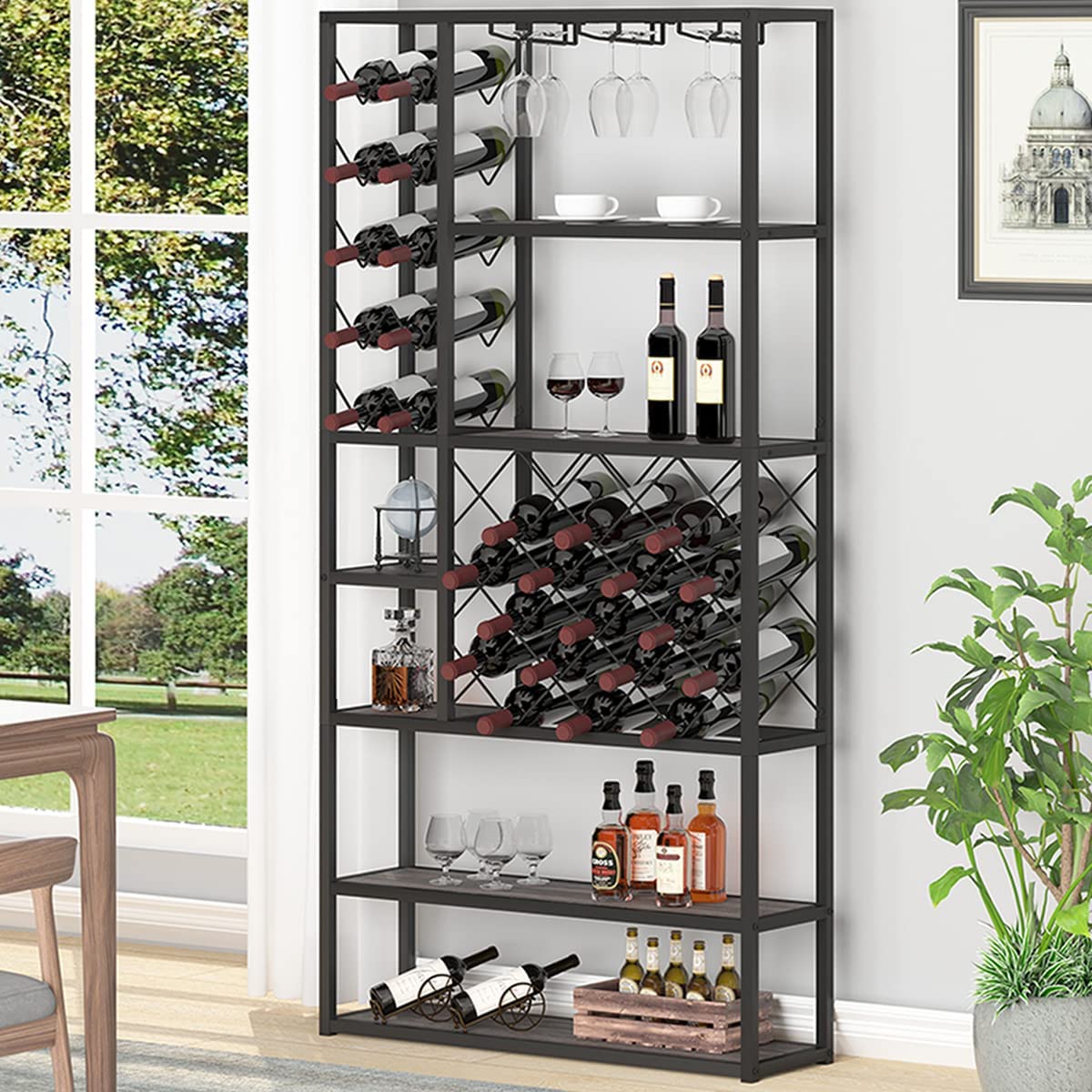
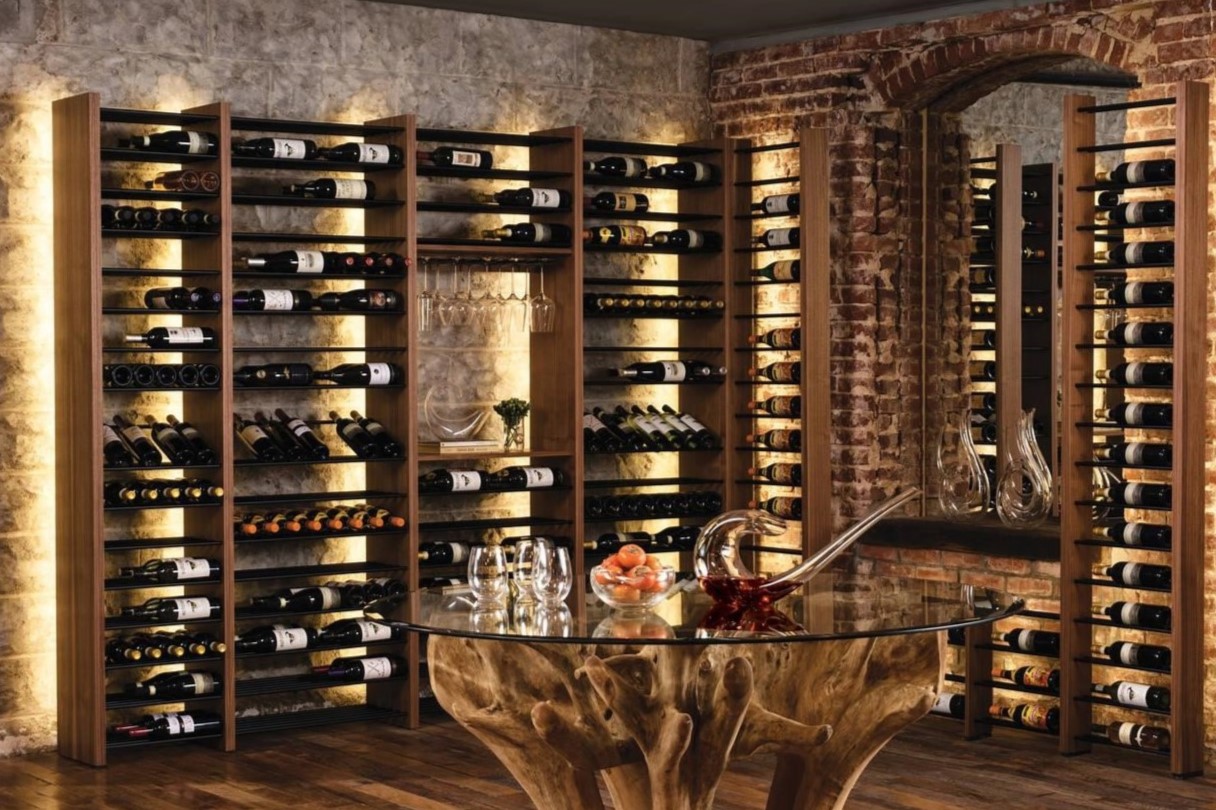
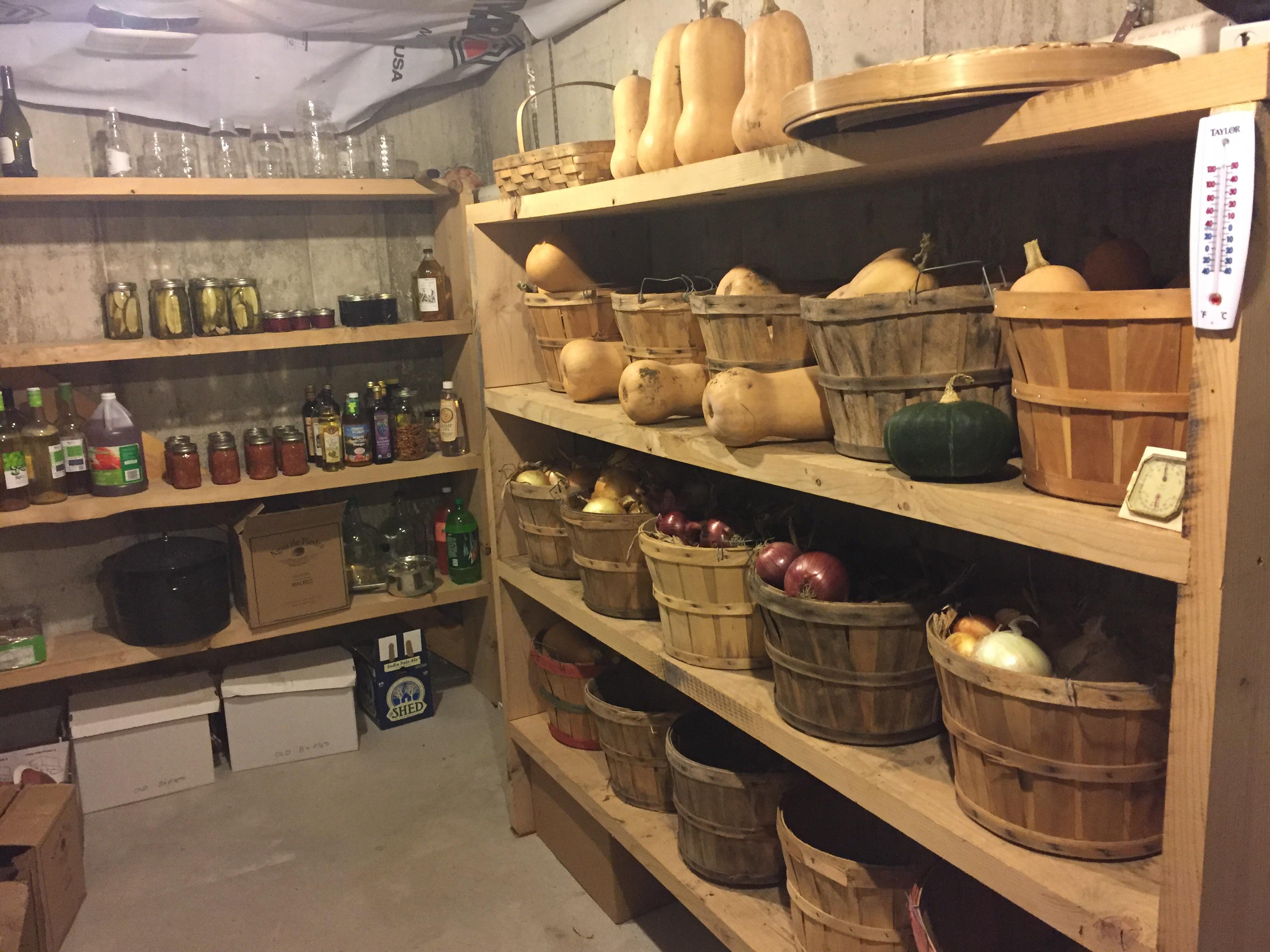
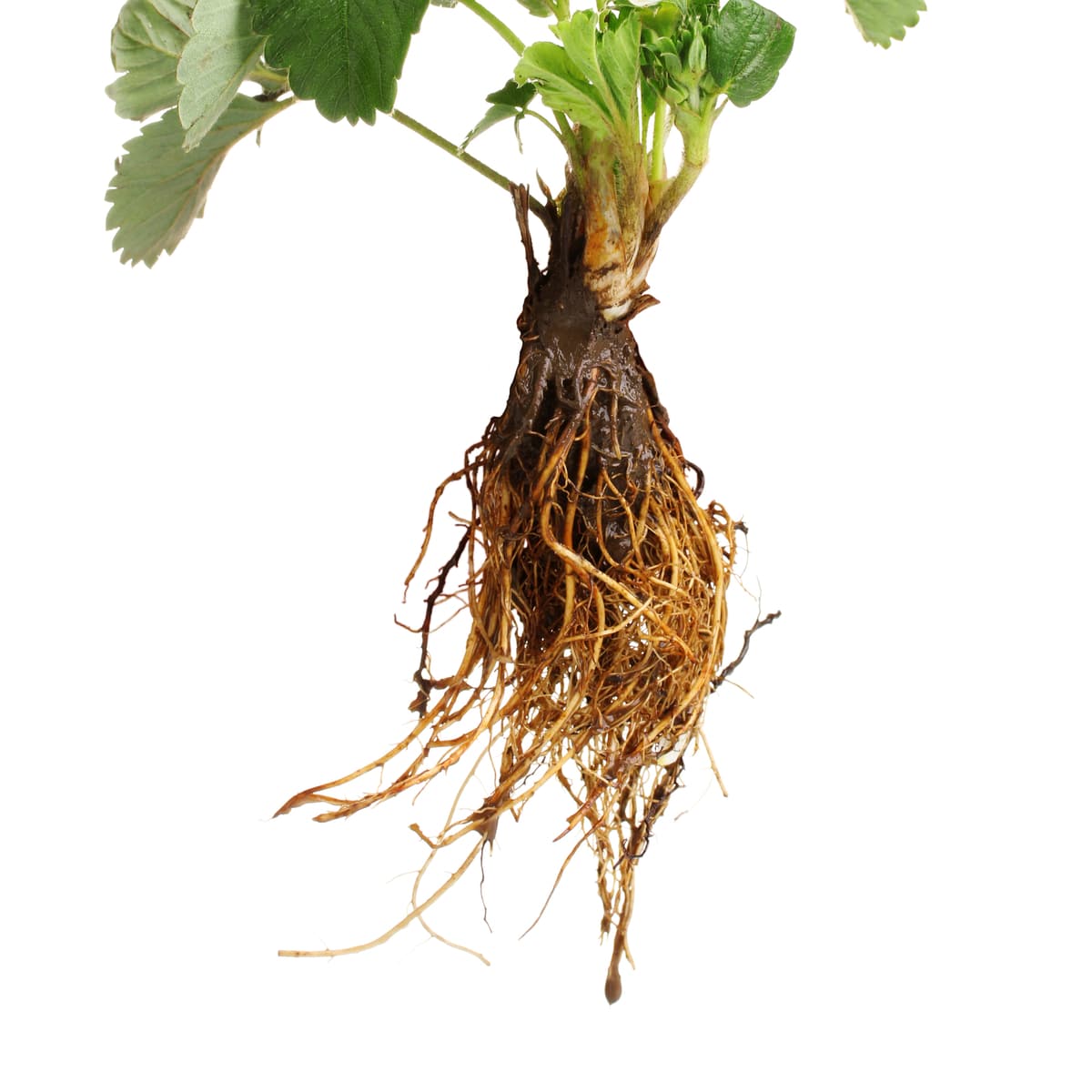
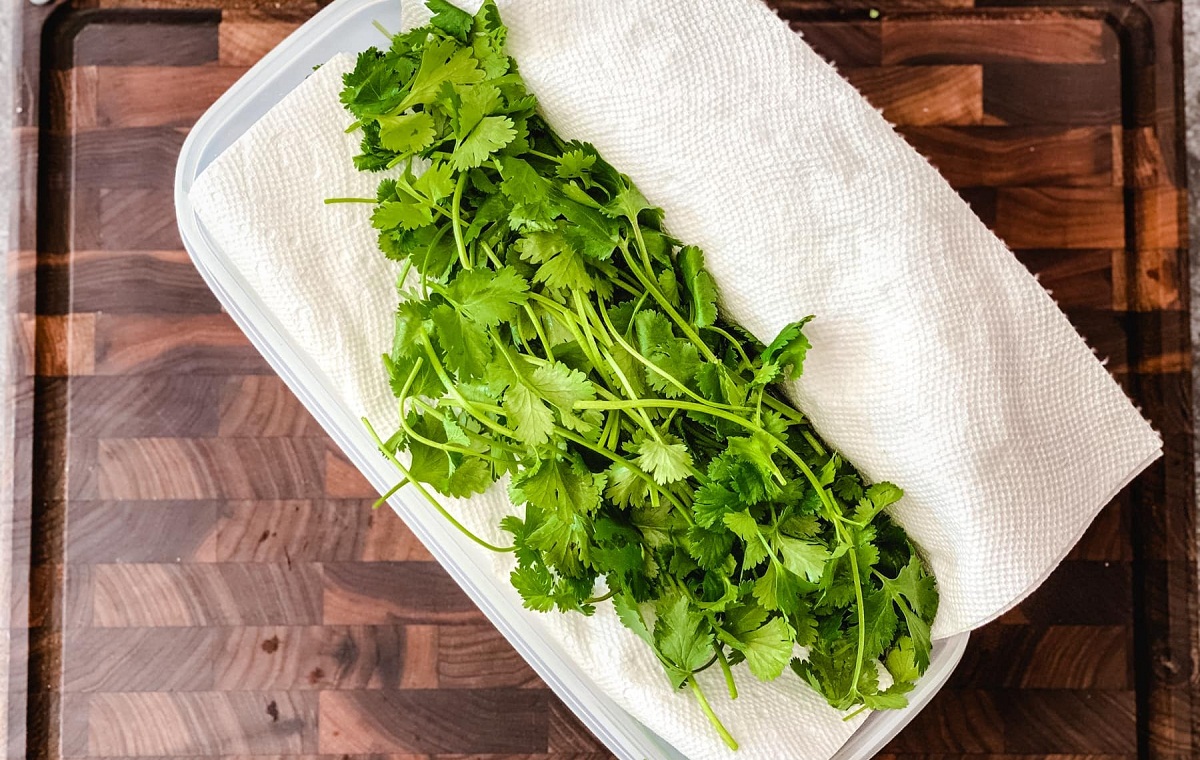
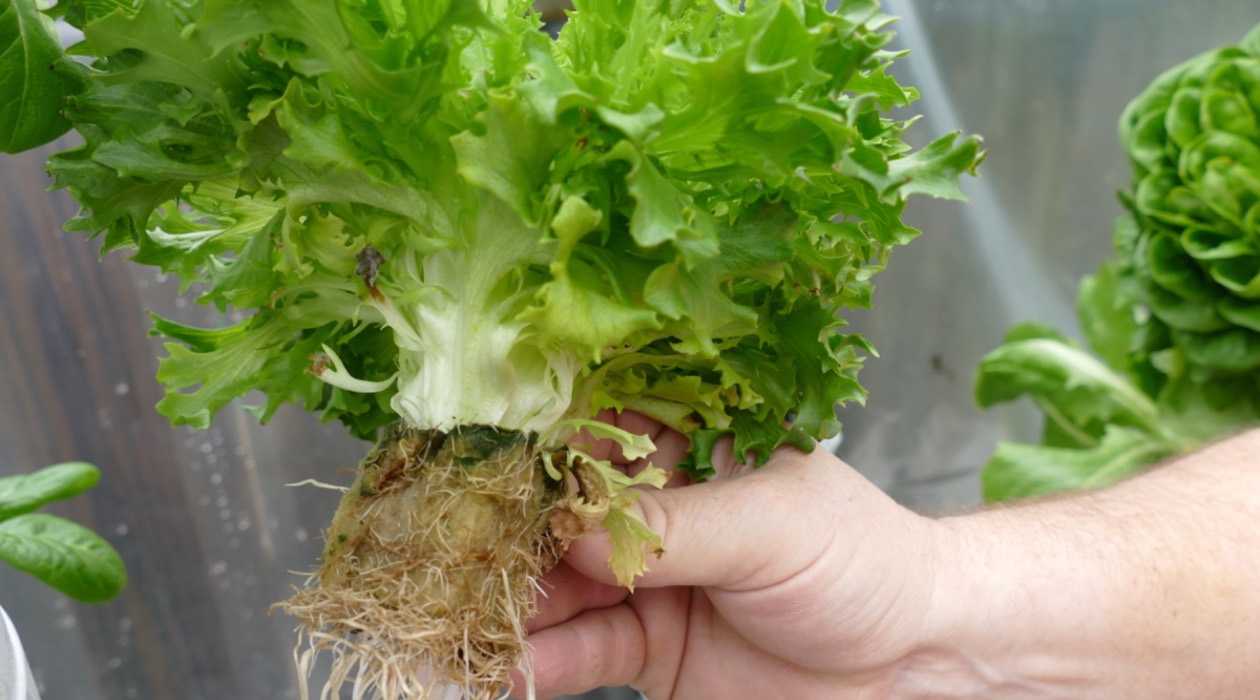
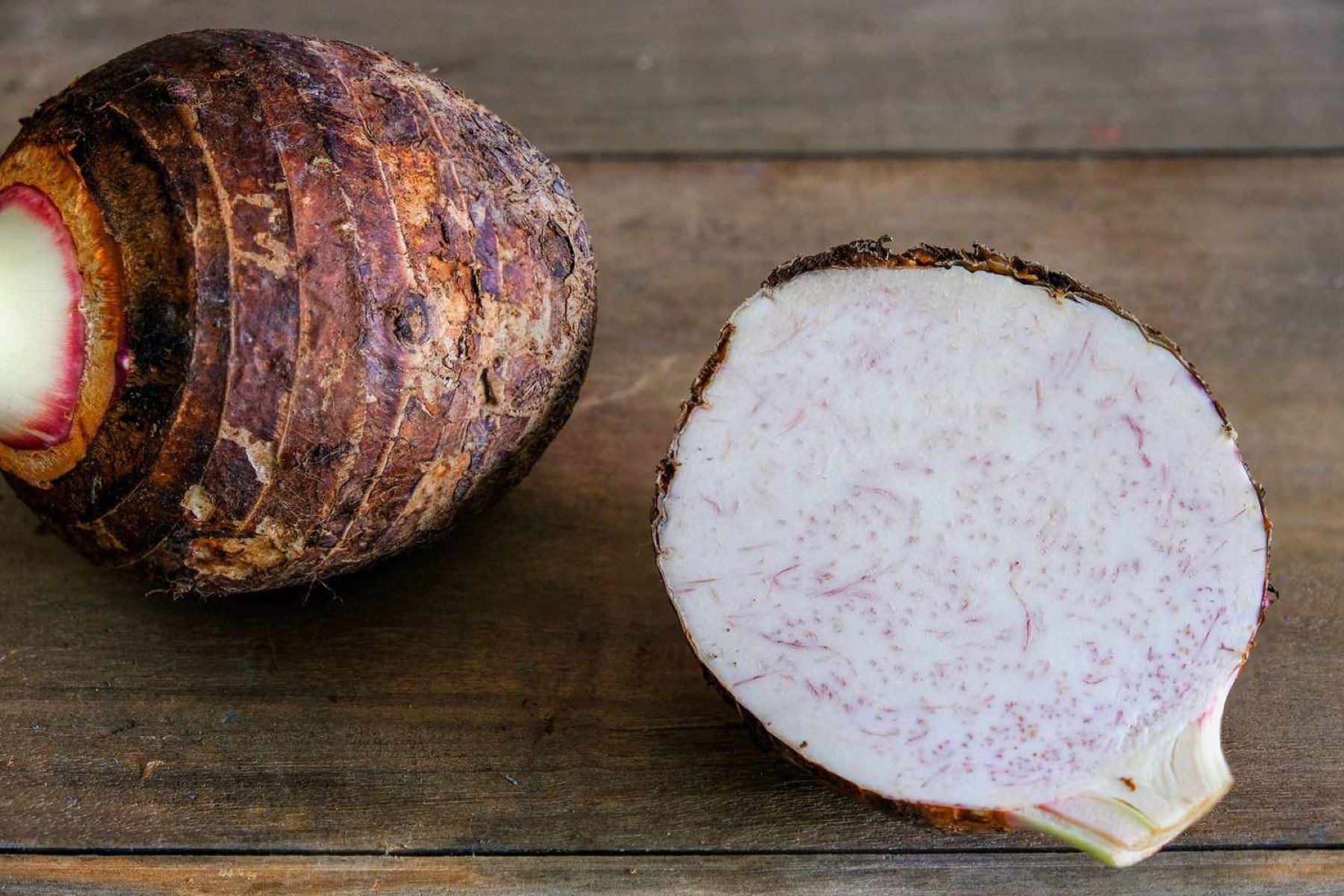
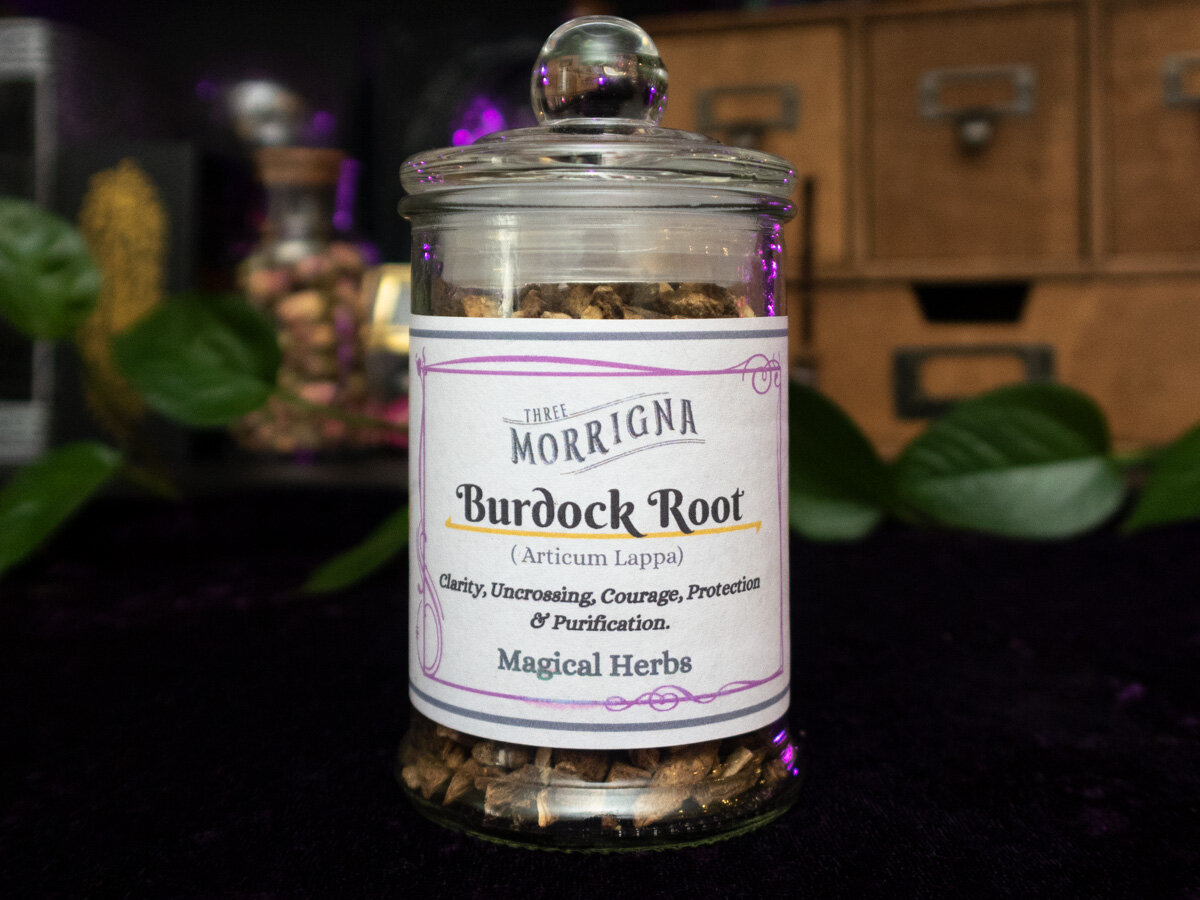



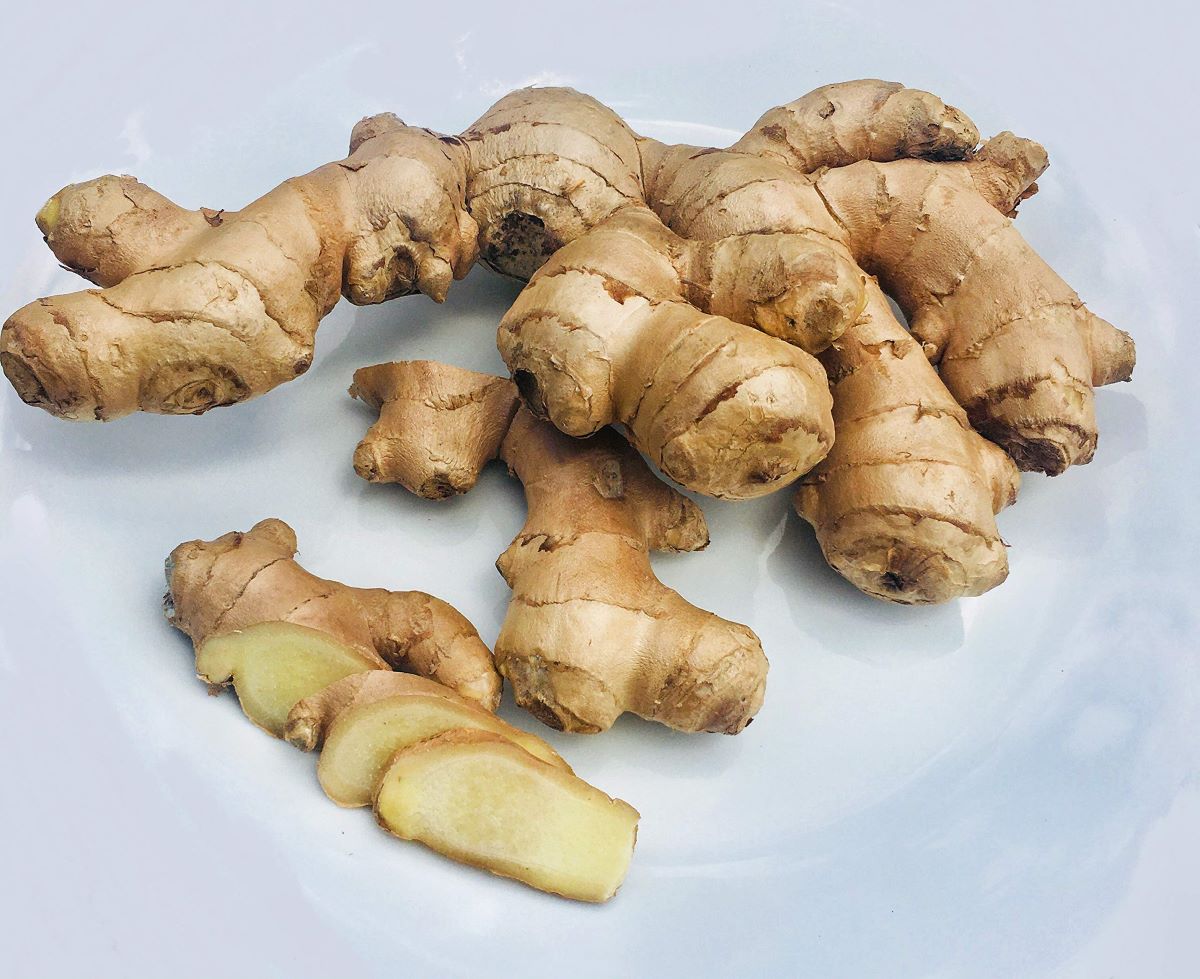

0 thoughts on “Root Cellar How To Build”